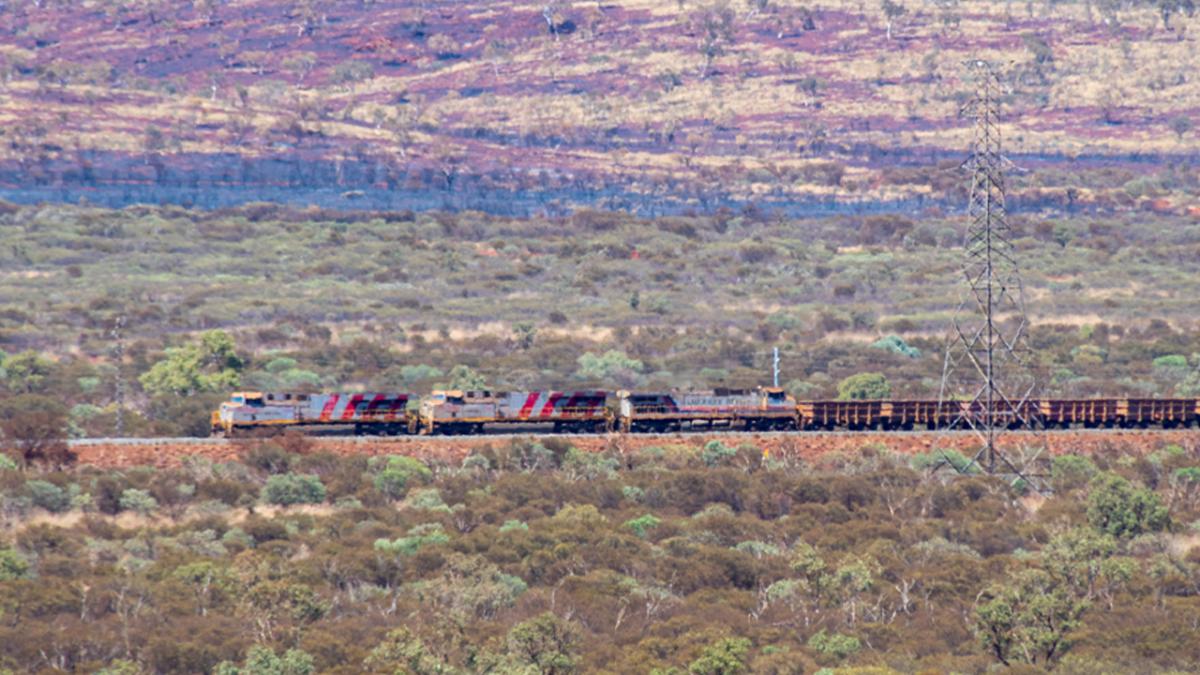
Rio Tinto – the same mining company which blew up a 46,000-year-old Aboriginal cultural site last year – has now been accused of dumping hundreds of irreplaceable Aboriginal artefacts dug up at its mines in Western Australia in the 1990s, the National Indigenous Times reports.
According to NITV, the Wintawari Guruma Aboriginal Corporation (WGAC) uncovered previously-hidden documents which show how artefacts were hastily dug up at Rio Tinto’s Marandoo iron ore mine in Western Australia before being sent to a tip only a few years later.
“So little was the respect for either the State’s conditions, or for the cultural heritage that was destroyed on a massive scale, hundreds of Eastern Guruma cultural artefacts ended up in the bin,” the WGAC said in a new submission to the parliamentary inquiry into Rio Tinto’s destruction of the ancient rock shelters at Juukan Gorge in 2020.
“It is WGAC’s view that the accidental, and then deliberate, discarding and destruction of Eastern Guruma cultural material was never disclosed to the Eastern Guruma people.
“It is indicative of a mining industry that has not valued Aboriginal heritage and good relations with Aboriginal Australians.”
The destruction of cultural artefacts dates back to the early 1990s when the Western Australian government allowed Rio Tinto to open a mine despite heritage concerns, so long as there was a quick dig for artefacts beforehand. Another law passed immediately afterwards, called the Marandoo Act, effectively prevented any potential legal challenges from Aboriginal people.
According to the documents uncovered by the WGAC, which were also seen by The Guardian, artefacts dug up in 1992 were sent to what’s now Charles Darwin University in the NT.
However by 1995, the university informed the excavation company that artefacts from a 18,000-year-old rock shelter had been “taken to the tip” in a “devastating accident”.

Then, by 1996, the project was apparently taking up too much time and money for the university, so it was proposed that some of the artefacts be returned to Rio Tinto in Perth, while the remainder would be chucked out. According to the documents, Rio Tinto accepted this proposal in 1997.
In the end, artefacts from 14 different historical Aboriginal sites on Eastern Guruma Country were discarded at a tip in Darwin, on the other side of the continent. The National Indigenous Times reports that even the records describing what these artefacts were appear to have been thrown out too.
The revelations are so damning that Rio Tinto itself has admitted how poorly the Traditional Owners have been treated.
“We’re not proud of many parts of our history at Marandoo and we reiterate our apology to the Traditional Owners of the land, the Eastern Guruma people,” Rio Tinto’s Chief Executive for Iron Ore Simon Trott said in a statement.
“We know we have a lot of work ahead to right some of these historical wrongs which fell way short of the standards we expect today.
“This will take time, consistent effort and open dialogue with the WGAC to rebuild trust and reset our relationship for the future.”
But an apology can’t bring back the millennia-old heritage that’s been lost thanks to an iron ore mine.
“Marandoo is a part of our Country, and for all these years we’ve been kept out,” Traditional Owners and the WGAC Board said.
“We can’t access our Country, and we don’t know what goes on there. Rio said they would look after it, and it is upsetting that they didn’t even do that.”



